The concept of the ‘restomod’, that is modifying yesterday’s cars with today’s technology in order to reflect their owners’ personalities and tastes, has proved wildly popular. But what about the idea of building a modern sports car and giving it a timeless shape from the past?
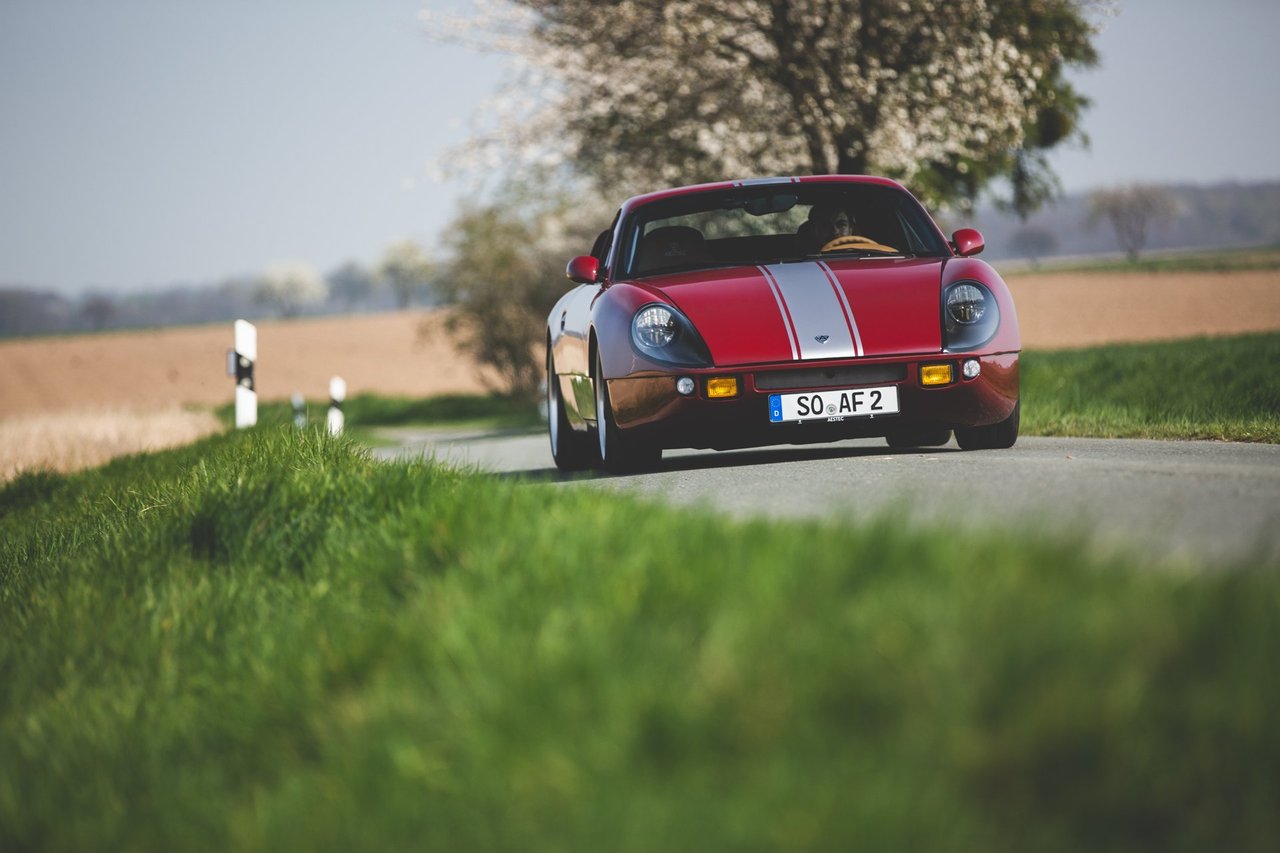

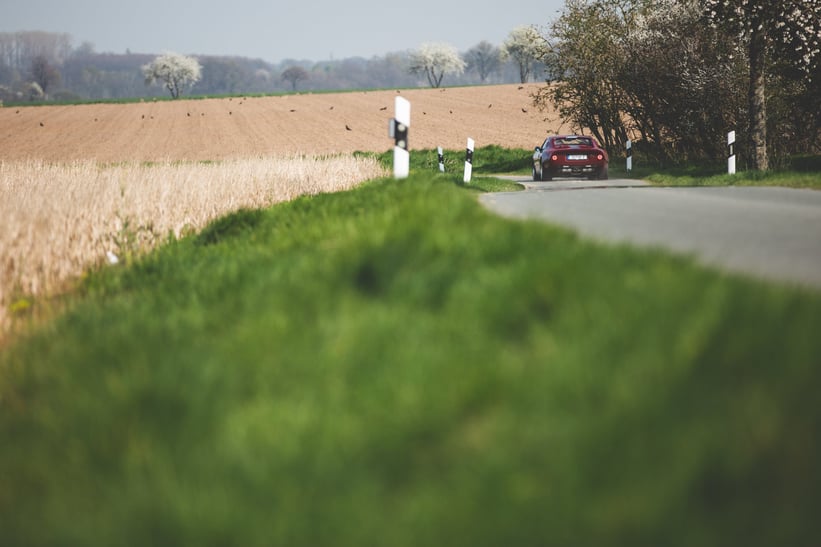
Of course, there’s no car out there that’s been ‘restomodded’ or ‘backdated’ more than the Porsche 911, but there’s one company in northern Germany that’s cast new light on another model from the Zuffenhausen marque’s illustrious back catalogue: the 904 GTS. Whether you deem tweaking the design of such a sultry and successful historic prototype like putting an Instagram filter on Da Vinci’s Mona Lisa or not, Alexander Schaeferhoff and his company Aestec Design appear to have gone about the task of reinterpreting the car for 2019 in the right way.
The bespoke and aptly named GTS is based on heavily modified 986-generation Boxster underpinnings and clothed in a body that, while modernised, is respectful to the gorgeous original. Schaeferhoff’s wealth of experience in the restoration and preparation of historic Porsches has lent him the knowledge and technological expertise to design and build the car in-house. We headed to the picturesque North-Rhine Westphalia and paid him a visit.

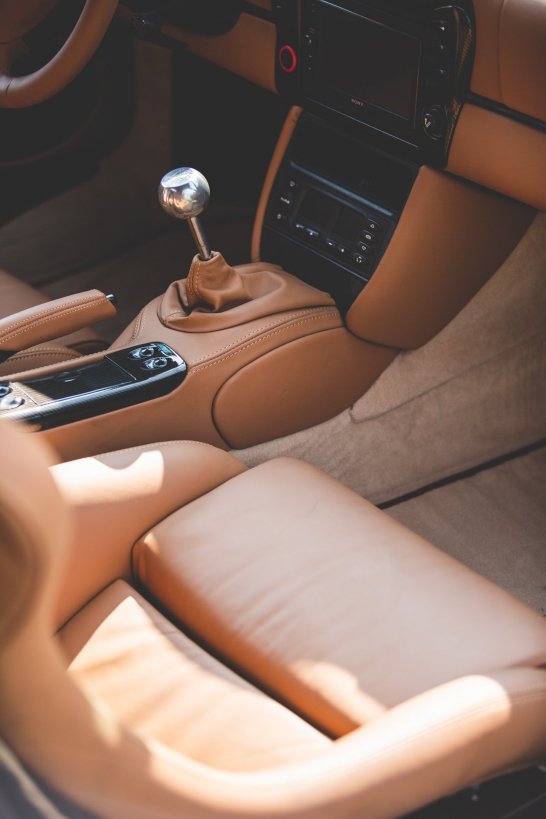
What are your earliest automotive memories?
When I was a child, my father regularly took me with him to visit a friend who owned a Mercedes-Benz dealership and was restoring an SSK. It was just fantastic to see how the project developed.
Could you tell us about your background prior to founding Aestec?
Until I was 20 years old, I worked restoring classic Porsches, building historic Porsche racecars and supporting historic motorsport outfits running Porsches. When I was 23, I moved to Switzerland and did the same thing. In 2016, I founded my business, initially focused on the restoration of classic Porsches and the overhauling of their engines, before the idea of creating a modern interpretation of the legendary Porsche 904 matured.



Why were you drawn to the Porsche 904 GTS in the first place?
Because for me, it’s the most iconic car in the world. To have created such a design in the early 1960s was an unbelievable achievement for Porsche. On the engineering side, it marked the beginning of lightweight construction utilising glass-fibre in the automotive industry. Today, it’s becoming much more popular to build series-production cars with plastic panels in order to keep the weight low. The 904 is the forerunner for all those cars.
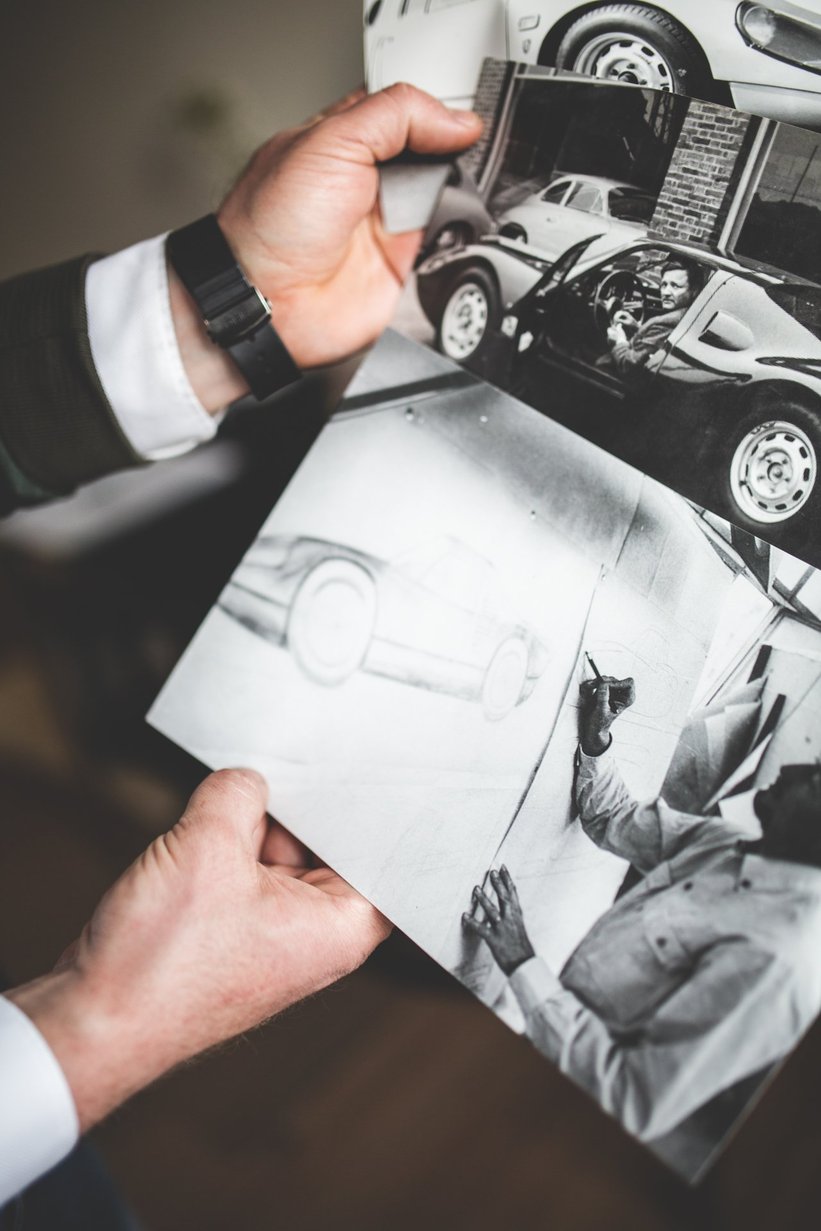

What is the philosophy behind the Aestec GTS?
We want to remember a true automotive icon in the form of a modern tribute to the 904, using all the technological advancements that are available to us today. For example, glass-fibre was considered state of the art back in the 1960s, while today it’s all about carbon-fibre reinforced polymers. We never wanted to create a like-for-like replica of the 904 because Butzi Porsche would turn in his grave if he saw we were building exactly the same car 50 years later. We wanted to build a proper Grand-Touring sports car, with enough space for luggage but with the performance to turn quick laps on a racetrack. We never forget the DNA of the 904, however: a mid-engined concept clothed in one of the most beautiful bodies ever designed.



Could you explain the process of developing the Aestec GTS?
I’d always admired the P/904 Carrera by GWA in Texas but knew it was only a Photoshop render. Because the original Porsche 904 was so small, drivers had issues fitting into the car and today, many cars are subtly modified to accommodate their pilots more comfortably. I decided to buy a 904 body and carefully check the dimensions, before looking for a suitable chassis – a slightly larger one than the original that would work as a good technical base from which to build and update.
It could only be a Porsche chassis in that respect, and we settled on that of the 986. We began developing a model using wind tunnel simulations and built the tooling. Then we looked at the technical side and updated the brakes, underside, chassis, and engine so as to create a sports car base with modern levels of refinement and performance. We then restyled the interior with sumptuous carpets, leather and other fabrics, and a modern infotainment system.
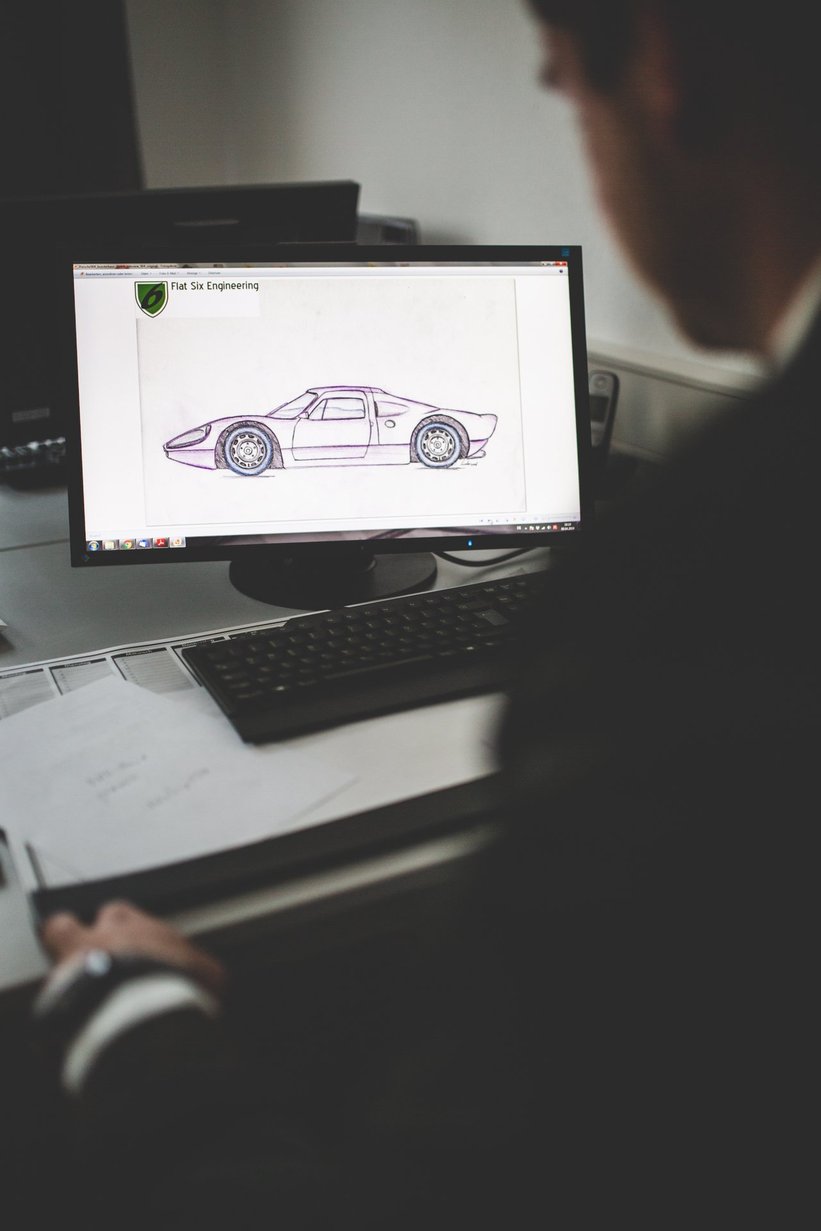

How do you strike a balance between classic and modern, particularly with regards to the styling?
There’s a quote of Ferdinand Alexander Porsche’s that still very much resonates today: “Form follows function”. When you follow this philosophy, the design comes naturally. The most important thing for me is giving every last detail all your love and attention. When every single part is created with passion and love, you’ll end up with a coherent design.
You pride yourself on your engineering – could you outline the technological advancements of the GTS?
I’m really proud of the performance of this car, particularly how light it feels, how neutral its dynamic behaviour, and how rigid the chassis is thanks to the integrated roll cage. It’s a proper Gran Turismo sports car.
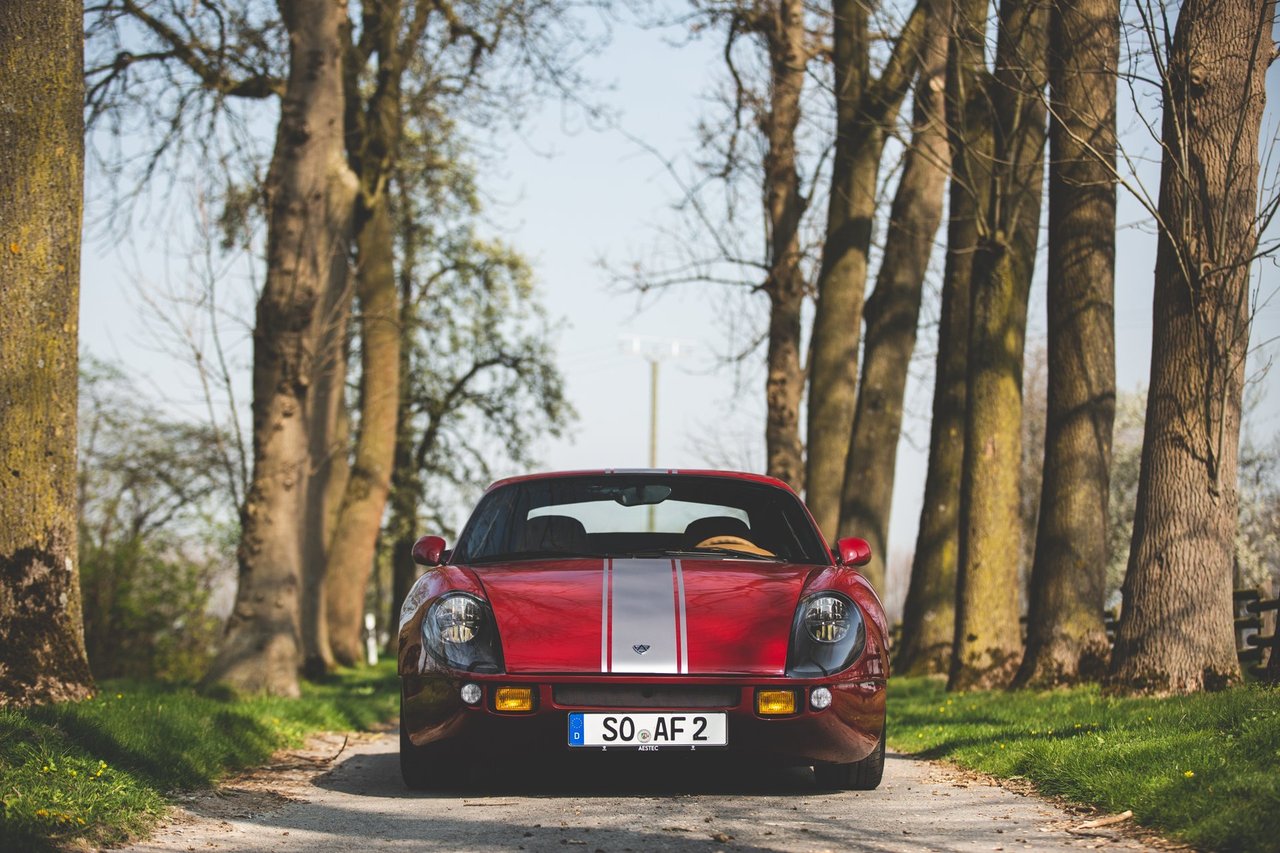


What was the greatest challenge you faced in the development of the car?
One of the greatest challenges was the integration of the water-cooler at the front and the air-intake system. There was not a lot of space at the front to fit the cooling systems, which was difficult because our much bigger engines require much more cooling. More so because of the car’s mid-engined layout.
What are your favourite features, no matter how big or small?
I love the sound of the air-intake and how you feel the airflow directly to the engine from the cockpit. I also love that you have all modern safety aspects, ample space for luggage, and the Apple CarPlay system, all shrouded in a classic 1960s design.
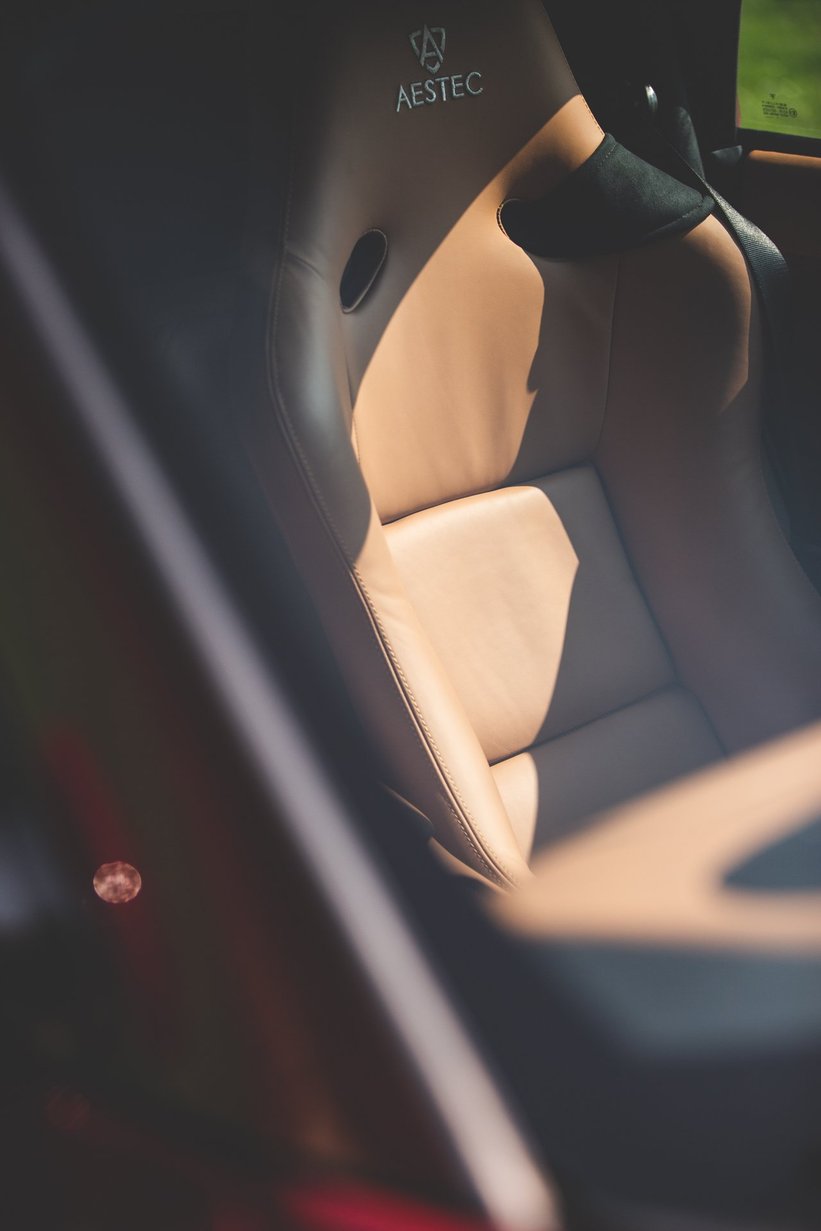

What are your plans for the future?
We want to formally launch our modern interpretation of the Porsche 904 and remind people that the 911 isn’t the only sports car in the Porsche family. Our target at the moment is to produce 10 cars a year and make further developments.
Photos: Mathieu Bonnevie for Classic Driver © 2019























































